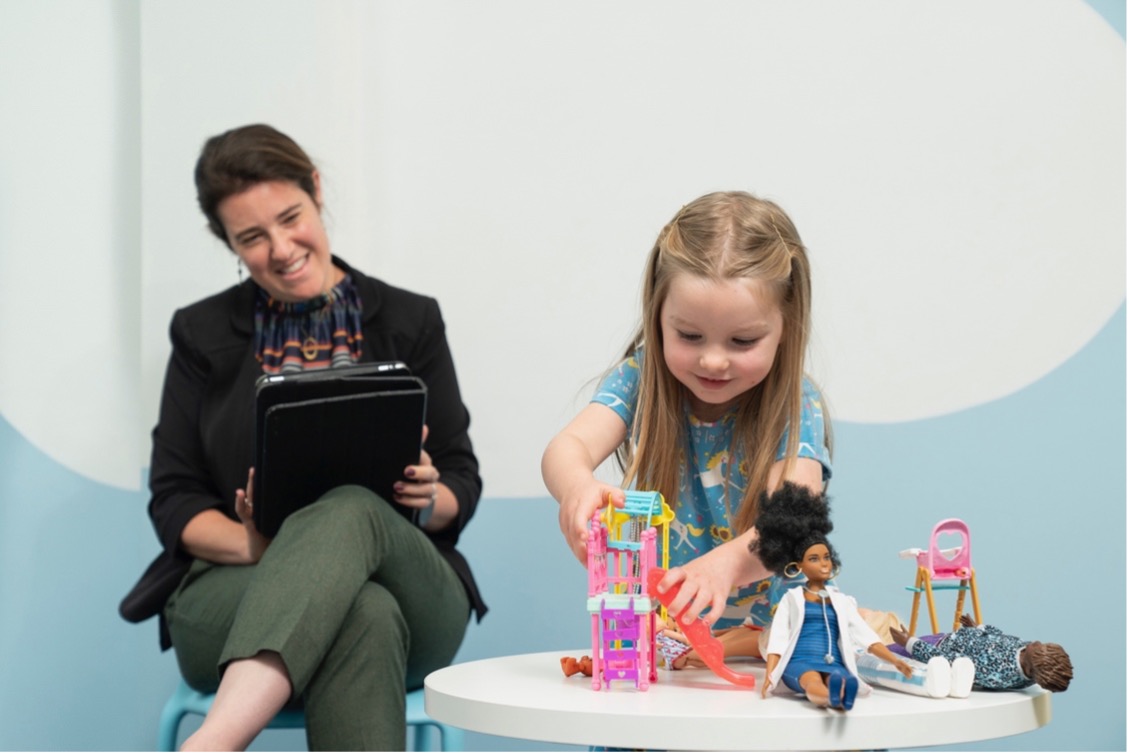

Materiality often refers to the tangible aspects of objects—things that have a physical form and can be touched (Leonardi, 2010). That is, materiality involves the physical attributes of objects—how they look and feel, and the sensory experiences they provide. People use their senses and physical interaction, like touching and exploring, to discover the functions, imagine its uses, and determine its purpose (McDonnell, 2023).
When children play with toys, such as Barbie and Ken dolls, they get to know their toys better by experiencing the physical features of their toys by touching it. As such, the interplay between human and materiality continuously takes place (Karoff & Johansen, 2009).
From a young age we engage with physical objects, such as toys, we engage with toys and materials according to specific practices and acquire a nuanced understanding of their rules and how to interact with them (Karoff & Johansen, 2009). Yet, the Barbie brand goes beyond creating mere physical objects that are solely made for playing, they also create intangible objects such as movies and have found popularity among collectors with their special collections (Mattel creation, n.d.). These dolls are not created for playing, instead they are cherished for observation and collection as each doll holds significance based on the collector's personal associations and experiences (Washburn, 1996).
Furthermore, it is crucial to acknowledge the importance of the material an object has in itself (Ingold, 2007). For example, Barbies and Kens are crafted from various types of plastic (Brunning, 2023). This creates questions about sustainability and the use of so much plastic in the toy industry. Yet, alternative materials to plastic exist, and in an increasingly digital era, technological advancements have spurred the creation of visual and multimedia content replacing traditional toys (Manoff, 2006). As for example alternative forms of play emerged with the creation of smartphone games like Barbie Dreamhouse Adventures, Barbie Fashion Closet, and Barbie Color Creations (Mattel Kids, n.d.). Additionally, Mattel offers virtual collections of the Barbie brand(Mattel creation, n.d.). Unlike physical collections, the engagement with digital counterparts involves the mediation through digital devices and interface design (Forlini & Hinrichs, 2017). Therefore, these new forms of digital content, raise questions about the concept of digital materiality. The latter question is also relevant for our own 3D edition.
